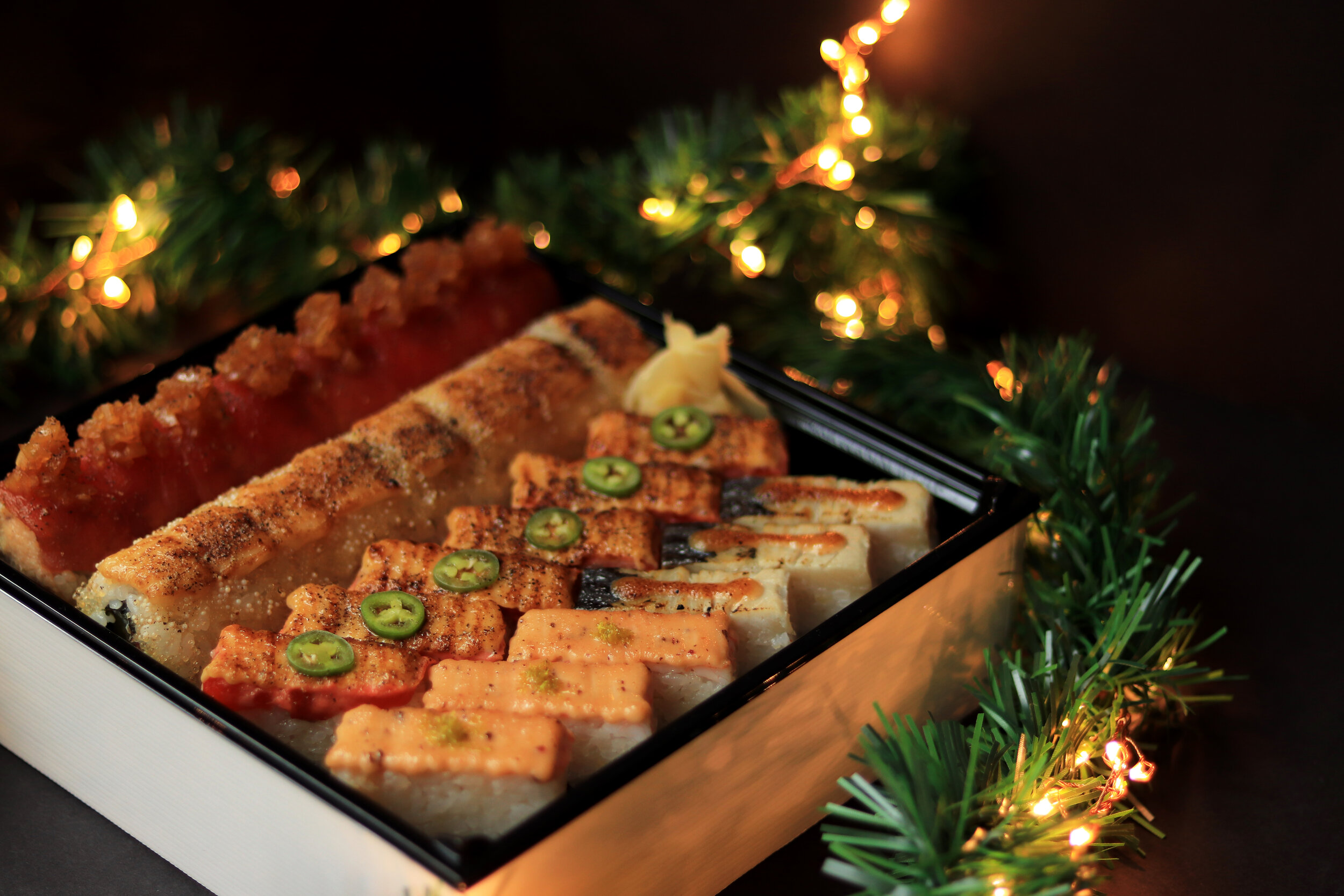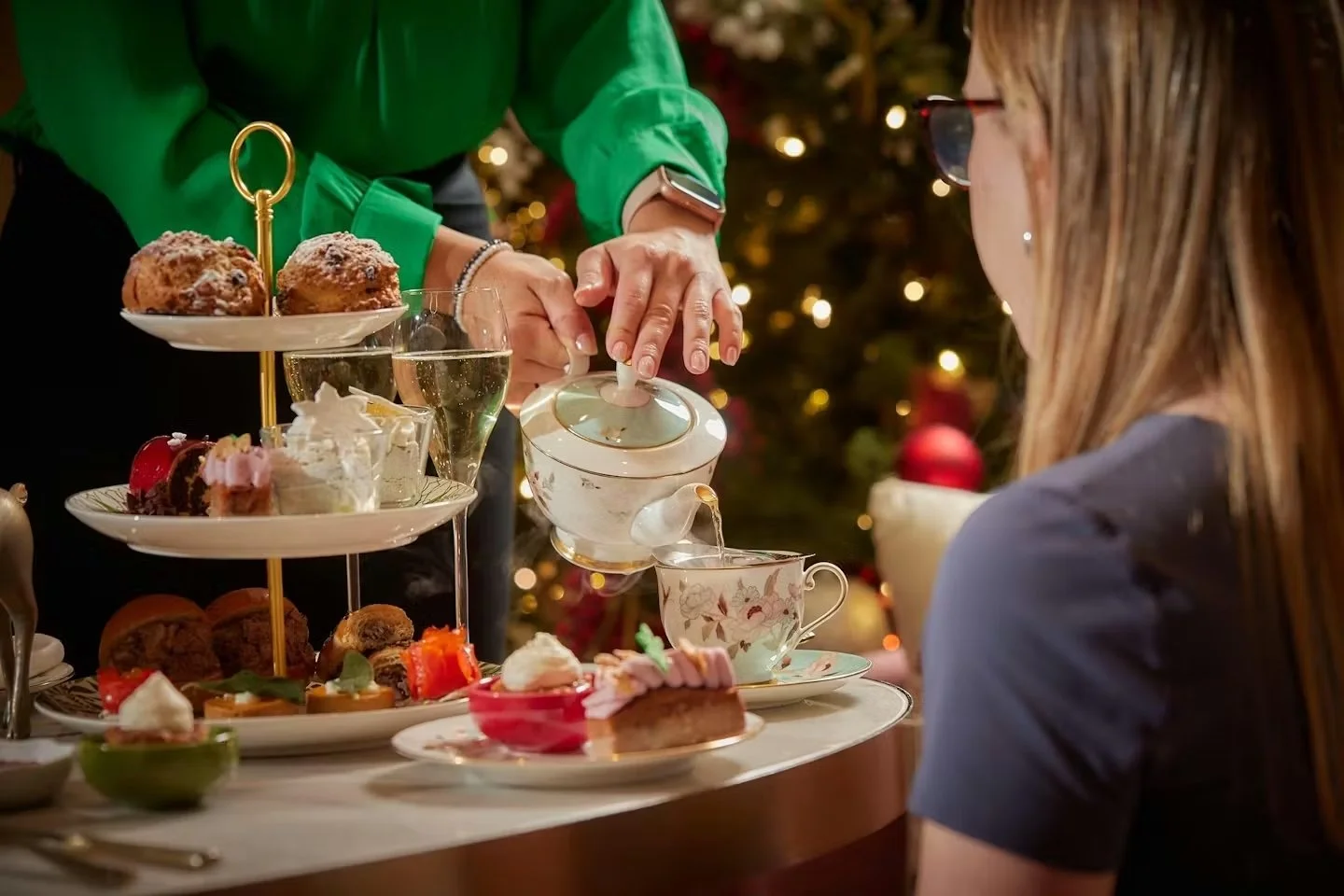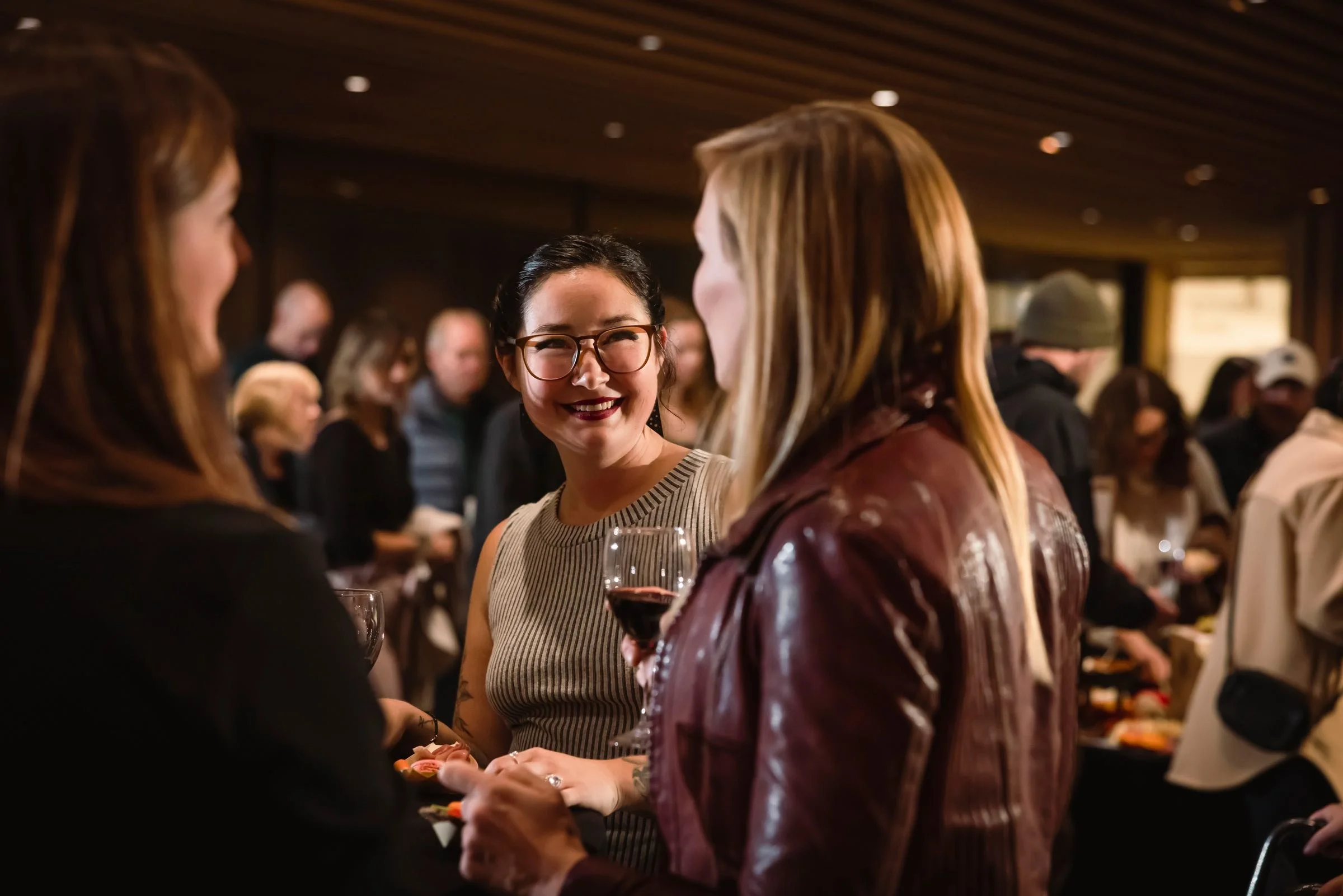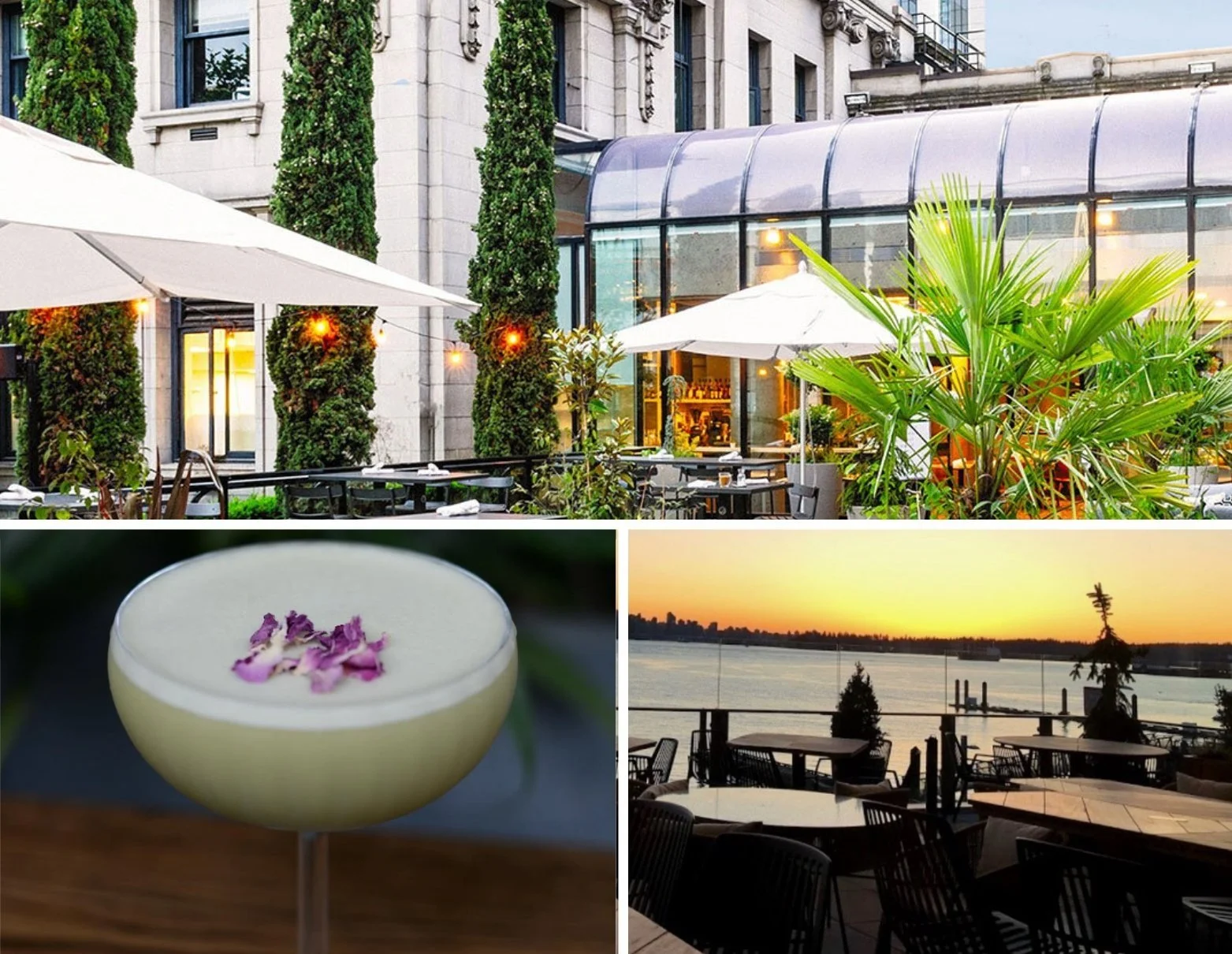Vancouver chefs elevate the art of bento boxes
Takenaka, Minami, and Miku think outside the box in re-creating the traditional Japanese meals
Takenaka is all about the art of the bento box, with its signature, nine-item omakase (chef’s choice)
BENTO BOXES ARE ubiquitous in Japan, found everywhere from train stations to convenience stores to trendy cafés. Some Vancouver chefs are carrying on the tradition in the most creative of ways.
Takenaka is all about the art of the bento. Owned by Shogo Takenaka, who previously worked at Kingyo Izakaya and its sister restaurant, Raisu Mama’s Kitchen, the on-the-go bento-box spot/food truck offers catering, takeout, and delivery from its base at Coho Commissary.
Sous-chef Daiki Ishikawa was born in Niigata prefecture, where he acquired his culinary passion and training.
“Since I was little, I helped my mother with housework, so I became interested in cooking,” Ishikawa tells Stir. “Niigata is known for its finest quality in rice, sake, and seafood. I came to know the joy of cooking naturally in a town blessed with the taste of the ingredients themselves.
“Bento is an irreplaceable food culture for Japanese people,” he says. “It’s always with us, from childhood to old age. There are a wide variety of bento boxes in Japan. We wanted to mix these roots to create a new bento culture.”
Dating back centuries, the history of the bento box is somewhat controversial, starting out as a simple lunch for hunters and field labourers. During the 16th century, a wooden box with different compartments was developed for easy-to-pack sustenance. The bento went on to become a luxury item for a time after World War I, when food shortages and economic strain meant the widening of the wealth gap. Fast-forward to the 1980s when microwaves and convenience stores took hold, and the boxed meals started popping up everywhere. A more recent bento craze centres on kawaii—meaning cute—in which people with tenacity and time create animals, characters, teddy bears, and shapes out of rice, eggs, radishes, carrots, and other foods, mainly to entice their kids into eating lunch at school.
Takenaka sous-chef Daiki Ishikawa.
Takenaka’s signature Kaiseki Bento features nine items (“chef’s omakase tapas”, $56). Kaiseki refers to an exquisite and meticulously prepared multicourse meal. Typically, the lavish offering would feature an appetizer, a simmered dish, a sashimi dish, a grilled dish, and a rice dish.
Ishikawa and Takenaka put their own spin on the bento version of fine-dining excellence, with items like saikyo-miso marinated grilled black cod; pickled snap peas with zucchini and eggplant; yuzu-tuna tataki; stewed pork belly; aburi sushi; chicken karaage; prawn tempura with mushroom; seasoned boiled egg; and beef with wasabi sauce. As beautiful garnishes, Ishikawa uses chopped wasabi leaves, ikura (salmon roe), and shiso-marinated kelp.
Takenaka also serves temaki (hand-rolled) sushi, seafood bowls, sashimi salad, beef curry and rice, and more.
Minami’s Holiday Bento Box consists of five layers.
Aburi Restaurants Canada has just introduced limited-edition bento boxes for the holidays at two of its Vancouver venues, Miku and Minami.
The stackable, take-out Holiday Bento at Miku is a deluxe menu for two. Four bentos make up the layered set.
Zensai Bento has sashimi, crab claw, uzaku (unagi sunamono, a fresh-water eel salad with vinegar dressing) and salmon roe, miso-cured duck breast, prawn cocktail, komochi konbu (herring roe on kelp).
Shusai Bento consists of AAA filet mignon, Atlantic lobster tail, grilled tako (octopus), and roasted vegetables.
Signature Sushi Bento comes complete with aburi salmon and ebi (shrimp) oshi, Red Wave Roll, Miku Roll, and nigiri (hotate, or scallop; toro, or tuna belly; and tai, meaning snapper)
Finally, the Dessert Bento: ginger-cardamom cheesecake with mandarin foam, ginger vanilla namelaka (cream), cherry gel, candied orange, and crispy pearls.
Five tiers make up Minami’s Holiday Bento Box ($250) designed by executive chef Alan Ferrer to feed four to six.
There’s aburi-beef carpaccio then the Holiday Zensai Tier, with appetizers like goma-ae, ebi fritters and chicken nanban, deep-fried chicken dipped in in sweet and sour sauce served with tartar sauce. seasonal goma-ae, and Aburi tako
AAA butler steak, chicken ballotine, and obie brazier (beef eye of heel) with roasted market vegetables form the Land Entrée tier.
There’s an Aburi Oshi and Roll Tier and a Winter Desserts Tier, with green tea opera cake, black sesame mochi mousse, passionfruit-banana tart, and Manjari Valrhona chocolate pot de crème.
Solo diners can treat themselves with the Yaletown restaurant’s Minami Signature Bento for one ($75). Another multi-tiered bento box, the meal features items like obie brazier, aburi sushi a choice between the AAA Butler Steak Don or Kaisen (seafood) Don.















